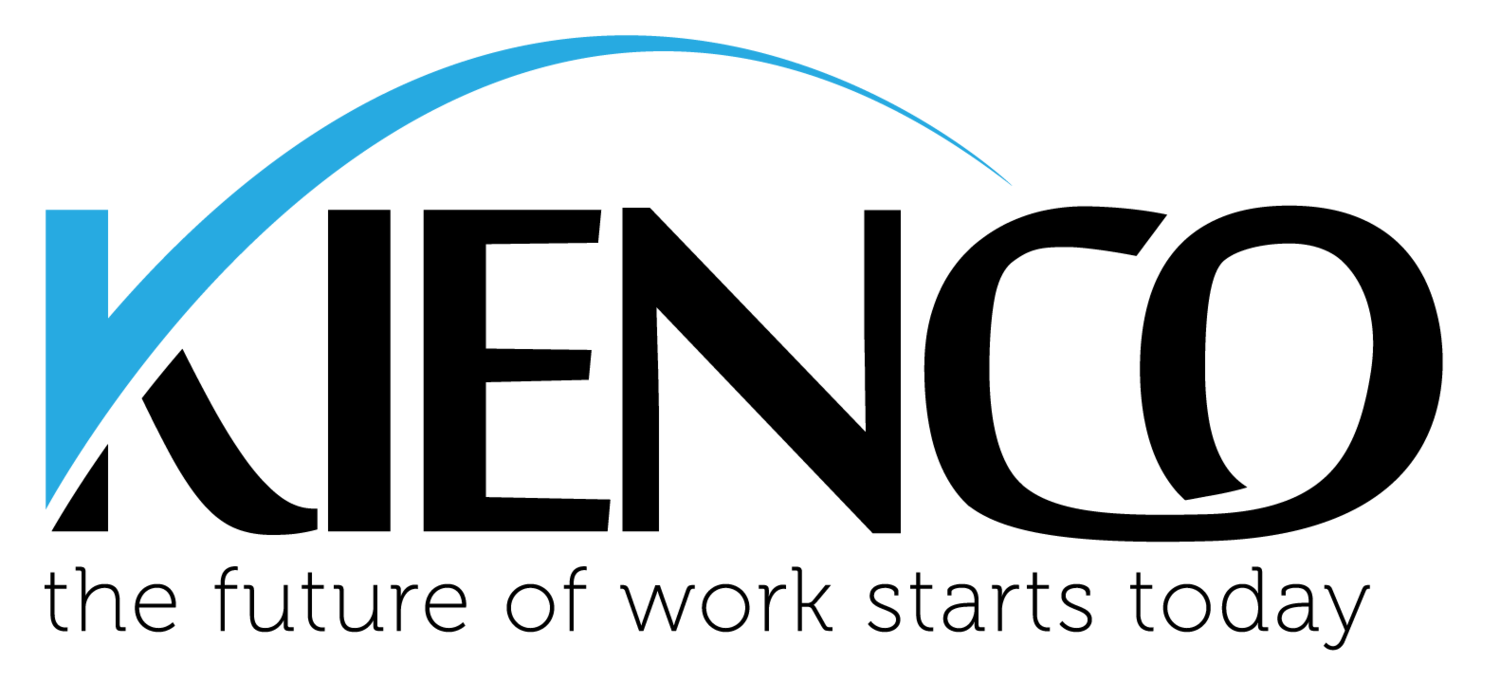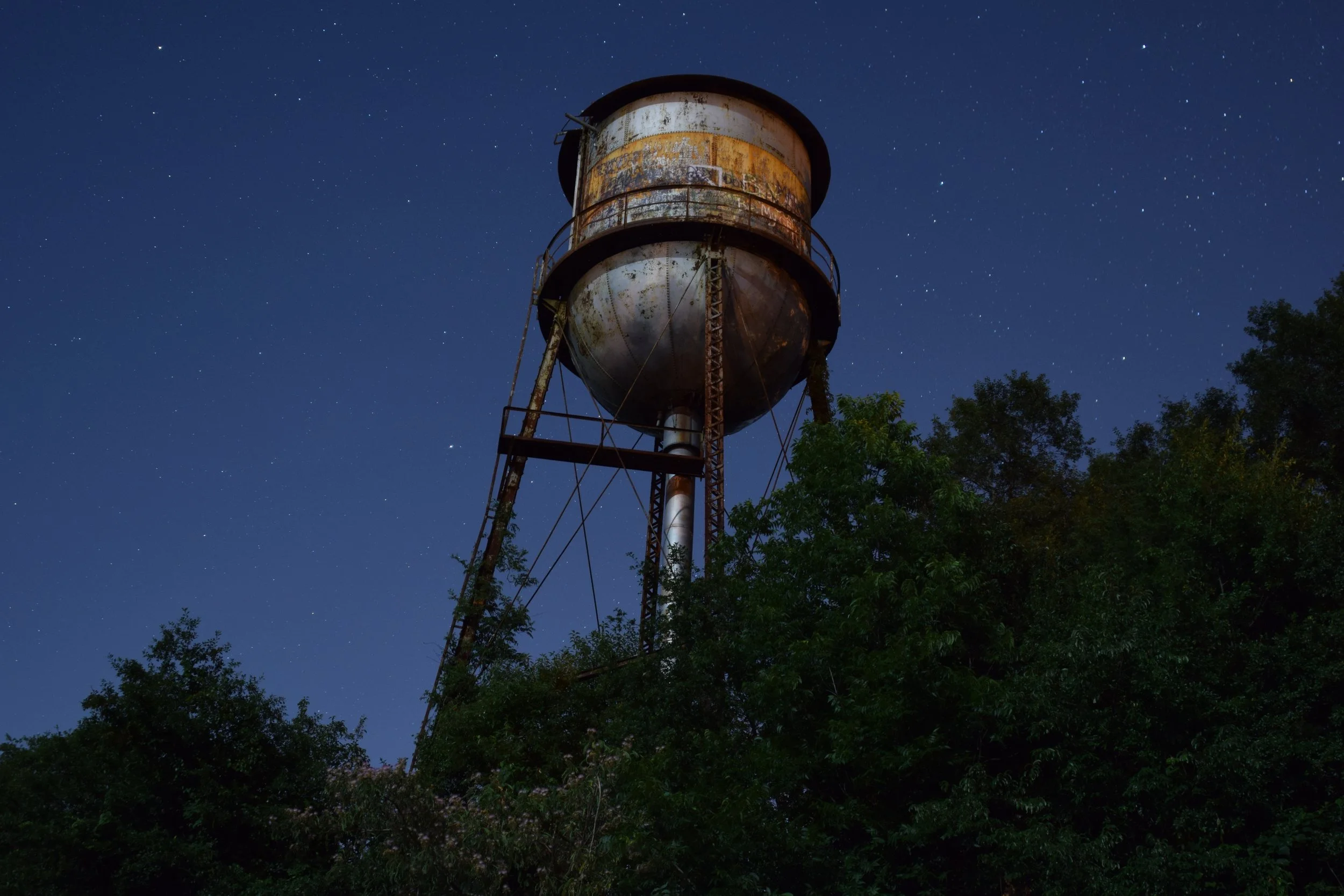In my last post, I spoke about The Once-a-Decade Newspaper. There are a number of tools in the futurists' toolkit, but looking for signals of change (Environment Scanning) is perhaps the most critical and widely used. Looking for these signals helps us to discover the "unknown unknowns" that can disrupt our comfortable status quo - usually our entrenched markets and models. By finding the patterns in these signals, we identify trends - and we can use these to think about our position in a changing world.
One of these trends is the speed at which information (..., and misinformation, and dissent) spread through social media. Social media has been credited as playing a major role in the Arab Spring. If you look to changethis.org, you'll see that fringe issues can get significant attention and support, spreading 'virally' through social media. Those with the most twitter followers get a faster response when complaining about service on twitter, though this can be a risky strategy if you don't want to lose followers. The implications of this for many organisations are that there are increasing expectations to be more transparent, and to have the autonomy and initiative to respond quickly and humanely when things go "off script". Nobody wants to be trending on Twitter for the wrong reasons - remember the United debacle last year? A passenger was dragged, bleeding, off an aircraft because United had over-booked the flight. The incident was captured on video by another passenger. The next day, United lost a billion dollars in shareholder value.
#FavFriday RT @NeelKasurde: United Airlines new tag-line. #newunitedairlinesmottos #ua #UnitedAirlines pic.twitter.com/90DawhnuHQ
— J. (@_JoshuaJay) April 28, 2017
This week, online dissent in China led to the letter N, Winnie the Pooh, and a number of other references being temporarily censored in China. The story goes like this:
Mao Zedong ruled the Communist Party of China from its establishment in 1949 until his death in 1976, effectively making him a dictator for life. The current two-term limit for Presidents and Vice-Presidents in China was introduced after his death by successor Deng Xiaoping to ensure that there could never be another dictatorship like it. This week, the Communist Party of China voted to remove the two-term limit. In effect, this would set current leader Xi Jinping up to be stay in office beyond 2023.
Public Dissent isn't common in China, but the move made the Chinese internet go crazy. Jinping is often compared to Winnie the Pooh, and this is the reason that both Winnie (and Disney) were censored from Weibo, China's version of Twitter. (Also banned: the characters for Disagree, Emigrate, and references to Animal Farm, 1984, and Brave New World).
The letter N was also banned - to understand the significance of this, consider that N is the algebraic representation for an unknown number of time periods. N > 2 was being uses as an algebraic representation that the number of Jinping's Presidential terms (N) would be greater than 2, so the letter N was banned. When it happens, Chinese dissent sure does get nerdy.
Read More:
Xi Jinping could now rule China for life—just what Deng Xiaoping tried to prevent - Quartz
Sensitive Words banned on Weibo - China Digital Times









